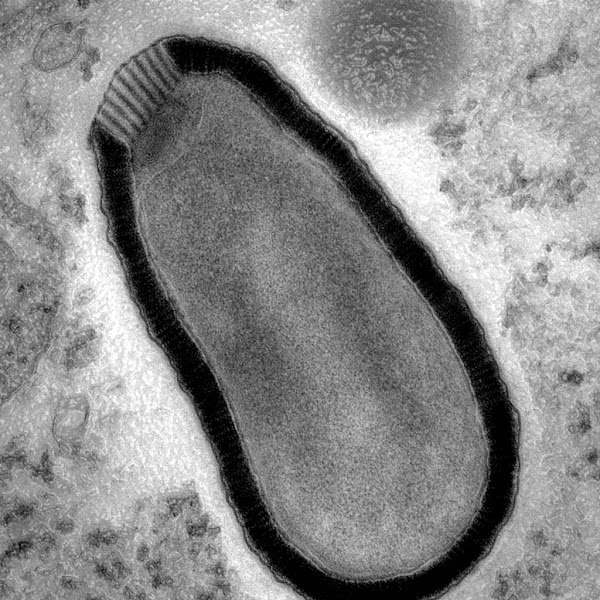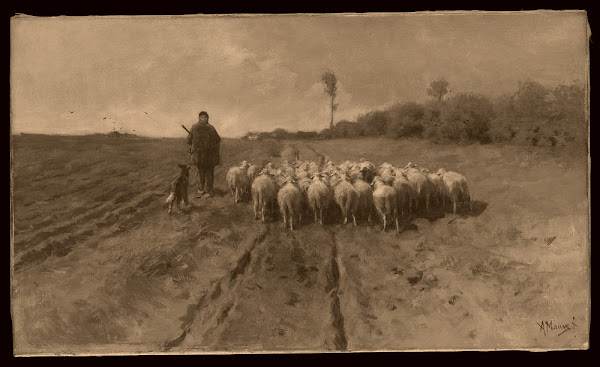What is The Talcum Powder Lawsuits (California Baby Powder Lawsuit)
The talcum powder lawsuits are a series of legal cases involving allegations that the use of talcum powder, particularly in the context of feminine hygiene, has led to the development of ovarian cancer and other serious health issues. These lawsuits primarily target Johnson & Johnson, a multinational company that produces various consumer and pharmaceutical products, as the main defendant. This article delves into the details of the talcum powder lawsuits, including the history, scientific evidence, legal implications, and the current status of the cases.
Background and History of Talcum Powder
Talcum powder is a refined, powdery substance made from talc, a naturally occurring mineral primarily composed of magnesium, silicon, and oxygen. Talc is acquired through mining and is found in rock formations, usually alongside other minerals such as chlorite and carbonates. The most significant talc deposits are found in countries like the United States, China, Brazil, India, and Australia.
Use of talcum powder has a long history dating back to ancient times, with its use documented in various cultures worldwide. In ancient Egypt, talc was used for various purposes, including cosmetics and pottery. The first industrial production of talcum powder began in the late 19th century. In 1894, Johnson & Johnson introduced its flagship product, Johnson's Baby Powder, which popularized the use of talcum powder for personal care.
Talcum powder has a range of uses due to its moisture-absorbing and friction-reducing properties. Some common applications include:
- Personal care and cosmetics: Talcum powder is a common ingredient in body powders, deodorants, and makeup products such as foundations, blushes, and eyeshadows.
- Baby care: Traditionally, talcum powder was used to prevent diaper rash and keep babies' skin dry.
- Pharmaceutical industry: Talc is used as an excipient in tablets, capsules, and other pharmaceutical products to enhance their properties and stability.
- Food industry: Talc is sometimes used as an anti-caking agent in powdered food products.
- Ceramics: Talc is used in the manufacturing of ceramics, contributing to the control of thermal expansion and improving the overall strength and durability of the final product.
- Paints and coatings: Talc is used as a filler and extender in paints, contributing to the control of gloss and sheen while improving the paint's resistance to weathering.
- Paper industry: Talc is used to improve the opacity, brightness, and smoothness of paper, as well as to enhance ink receptivity.
Despite its widespread use, concerns regarding the health risks associated with talcum powder have been raised since the early 1970s. Researchers have suggested a potential link between the use of talc-based powders and the development of ovarian cancer, prompting a series of scientific studies and investigations.
Scientific Evidence and Controversy
The association between talcum powder use and ovarian cancer remains a subject of scientific debate. Several studies have suggested a correlation, while others have found no such link. The controversy largely stems from the difficulty in establishing a causal relationship between the two, as various genetic and environmental factors can contribute to the development of ovarian cancer.
Some researchers argue that talc particles can travel up the female reproductive tract and become embedded in the ovarian tissue, causing inflammation and potentially leading to cancer. However, definitive evidence supporting this theory has yet to be presented.
The Talcum Powder Lawsuits
Over the past few decades, thousands of lawsuits have been filed against Johnson & Johnson, alleging that the company's talc-based products caused ovarian cancer and other health issues. The plaintiffs claim that Johnson & Johnson was aware of the potential risks associated with talcum powder but failed to adequately warn consumers.
Notable cases include:
- Deane Berg (2013) - A South Dakota woman who was diagnosed with ovarian cancer after years of using Johnson's Baby Powder. The jury found that Johnson & Johnson failed to warn consumers of the potential risks but did not award any damages.
- Jacqueline Fox (2016) - A Missouri woman who was awarded $72 million after the jury found Johnson & Johnson liable for her ovarian cancer. The verdict was later overturned on jurisdictional grounds.
- Eva Echeverria (2017) - A California woman who was awarded $417 million in a lawsuit against Johnson & Johnson. The verdict was later overturned, and a new trial was ordered.
Johnson & Johnson's Response
Johnson & Johnson has consistently maintained that its talc-based products are safe for consumer use and has appealed many of the verdicts against it. The company cites numerous studies that support its position, including a 2020 study published in the Journal of the American Medical Association (JAMA), which found no statistically significant link between talcum powder use and ovarian cancer.
In response to the lawsuits and growing consumer concerns, Johnson & Johnson announced in May 2020 that it would discontinue the sale of its talc-based baby powder in the United States and Canada. In August of 2022, J&J announced that it would discontinue the sale of baby powder containing talc worldwide in 2023.
In April 2023, Johnson & Johnson declared that it would allocate close to $9 billion for addressing claims that its talc-based baby powder led to cancer, significantly increasing the funds previously designated to cover potential liabilities by over four times.
As per the proposed plan, a subsidiary of J&J would apply for Chapter 11 bankruptcy protection once again and request court approval for a settlement strategy that could become one of the largest product-liability settlements in the history of the United States.
Although J&J has decided to payouts for the claims J&J is not conceding any fault in the suggested settlement, a fact that company officials underscored in a statement on Tuesday, asserting that the allegations "are groundless and devoid of scientific validity." However, Erik Haas, J&J's global vice president of litigation, noted that contesting the lawsuits in court would be both time-consuming, potentially lasting for decades, and costly.










